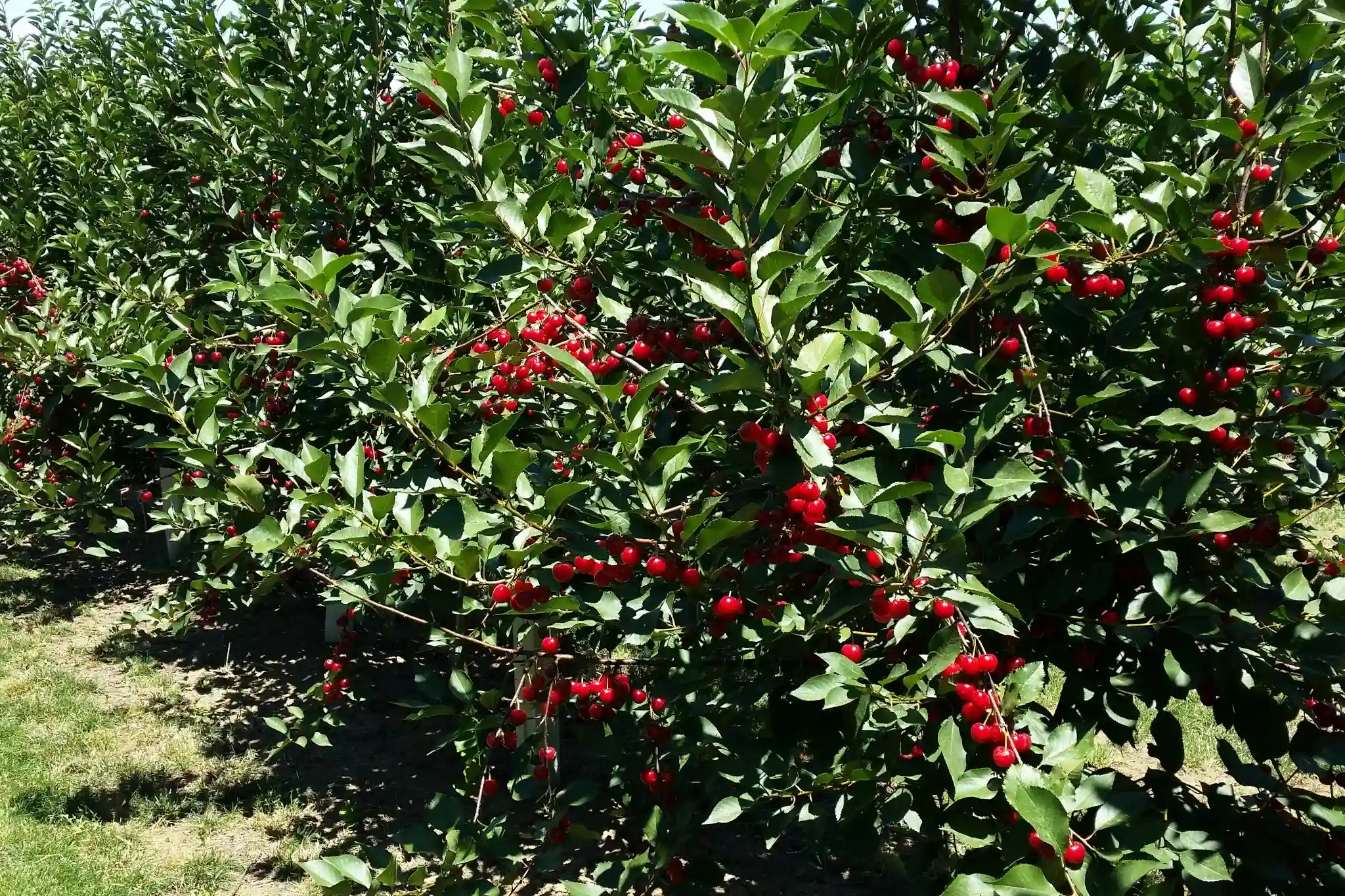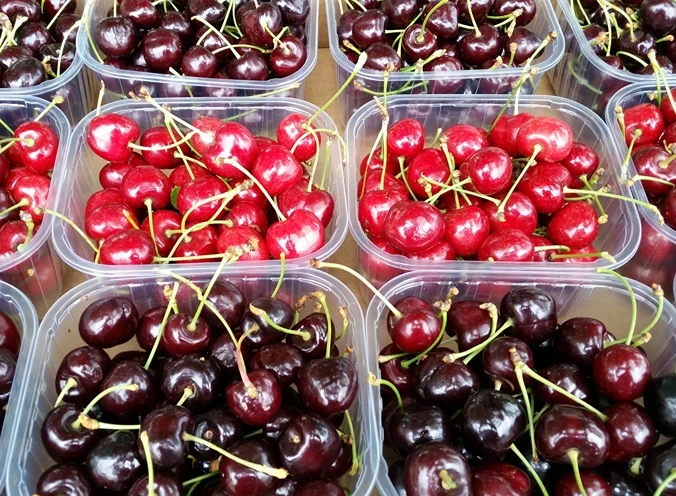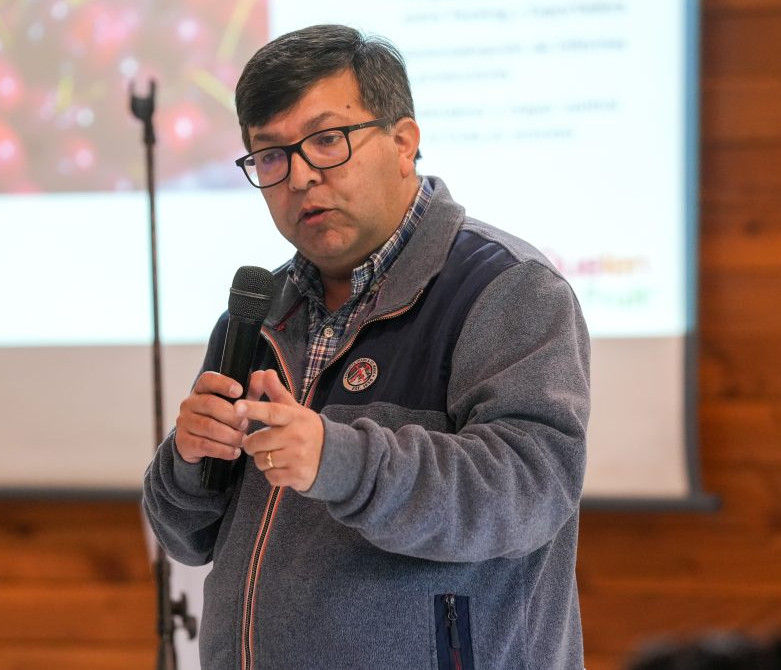Research on sour cherry (Prunus cerasus L.) rootstocks in Bulgaria takes a significant step forward with the selection of two new clonally propagable hybrids, “Argo 1” (20-181) and “Argo 2” (20-192), developed at the Fruit Growing Institute in Plovdiv.
The study, conducted between 2014 and 2017 at the experimental station of Khan Krum, evaluated the suitability of these rootstocks for commercial sour cherry cultivars: “M-15”, “Nefris”, “Fanal”, and “Schattenmorelle”, in comparison with the traditional Prunus mahaleb.
The main goal was to identify plant material combining graft compatibility, reduced vigour, and drought tolerance – traits increasingly required in the context of climate change.

Performance of new hybrids
The results showed that grafting success ranged from 83–90% with P. mahaleb and from 87–91% with the new hybrid 20-192, achieving the highest success rates.
Hybrid 20-181, although showing slightly lower average compatibility (82–85%), stood out for its strong dwarfing effect on the scion. This feature, combined with uniform and steady growth throughout the vegetative season, makes it suitable for high-density orchards (or ornamental potted use).
Hybrid 20-192, on the other hand, exhibited intermediate and consistent vigour, with final plant height between 134 and 146 cm and trunk diameters of 12–13 mm, values slightly lower but comparable to those observed with P. mahaleb.
The latter confirmed its strong vegetative vigour (up to 168 cm height and 15 mm diameter) but showed less uniformity compared to the new hybrids.
Advantages of clonal selection
All scion/rootstock combinations nonetheless produced nursery material meeting Bulgarian national quality standards.
Interest in these new rootstocks arises from the need to replace traditional P. mahaleb types, which are often heterogeneous, seed-propagated virus carriers, and occasionally incompatible with key cultivars such as “Schattenmorelle”.
Clonal selection overcomes these limitations by ensuring uniformity, genetic stability, and improved nursery performance.
Moreover, in a production system increasingly oriented toward intensive plantings and mechanized management, access to less vigorous yet drought-tolerant rootstocks is strategic for maintaining high yields and fruit quality while reducing management costs.
Physiological characteristics and conclusions
From a physiological standpoint, hybrid 20-181 (“Argo 1”) was characterized by low vigour and balanced growth, traits that may promote early bearing and improved efficiency under high-density conditions.
Hybrid 20-192 (“Argo 2”), conversely, showed more sustained growth and promising drought tolerance, observed both in the field and in preliminary non-irrigated trials.
This combination of moderate vigour and adaptability suggests potential use in areas with limited water availability or marginal soils, reinforcing the interest in further orchard-scale evaluations.
In summary, the study highlights two promising new Bulgarian rootstocks for sour cherry: “Argo 1” and “Argo 2”.
If results are confirmed, these rootstocks could enrich growers’ options by providing new tools to enhance the sustainability of sour cherry production, respectively focused on vigour control and adaptation to water stress (and marginal areas).
The authors recommend long-term investigations, particularly to verify the drought tolerance of hybrid 20-192 and to assess its performance in commercial orchards.
The work underscores the strategic importance of local breeding programs in addressing the climatic and agronomic challenges faced by modern sour cherry production.
Source: Vasilev, D., Malchev, S., & Nacheva, L. (2025). New Bulgarian Rootstocks for Sour Cherry Cultivars (Prunus cerasus L.). Plants, 14(9), 1352. https://doi.org/10.3390/plants14091352
Image source:
Andrea Giovannini
University of Bologna (IT)
Cherry Times - All rights reserved













